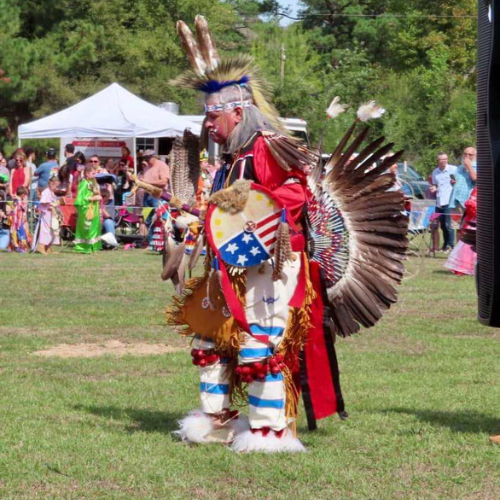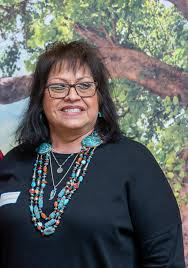Government

Whereas, the Adai Caddo Indian Nation has demonstrated a long-standing commitment to preserving its cultural traditions, protecting sacred sites, promoting education, and fostering community development; and
Whereas, the Nation has consistently served as cooperative and integrated neighbors, working alongside local and regional governments to promote economic growth, infrastructure improvements, and quality of life for all residents in Northwest Louisiana.
Sovereign Nation
The Adai Caddo Indian Nation of Louisiana is a sovereign tribal government. The tribe is headquartered in Robeline, Louisiana, the heart of its ancestral, native territory. The governing body is the Tribal Council led by the chief and five council members. The Tribal Council is supported by the Council of Elders and a team of officers and other volunteers.
The Adai Caddo Indian Nation of Louisiana is a state-recognized Native American tribe, member of the Native American Commission of the Louisiana Office of Indian Affairs, and oversees a 501(c)(3) nonprofit providing educational, emergency disaster and relief services, and other charitable programs to the historic Robeline and La Laguna de los Adaes (Spanish Lake) communities of Natchitoches Parish. This area represents the basis of the U.S. Census Bureau’s Adai Caddo State Designated Tribal Statistical Area. The tribe operates a cultural center and museum which also serves as the regional emergency center. The 80-acre complex includes ceremonial grounds where the tribe hosts an annual powwow and other events.
Tribal Council
Council of Elders
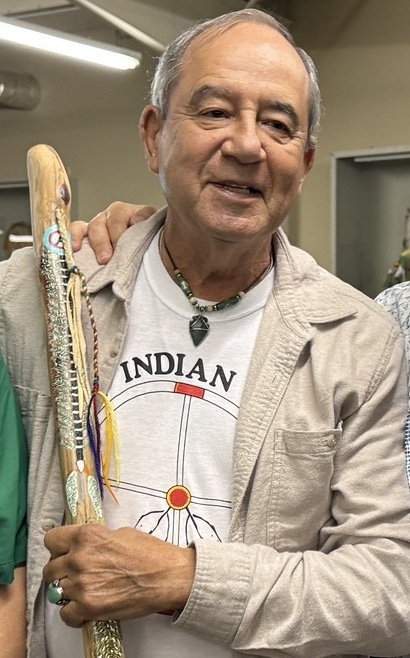
Chairman
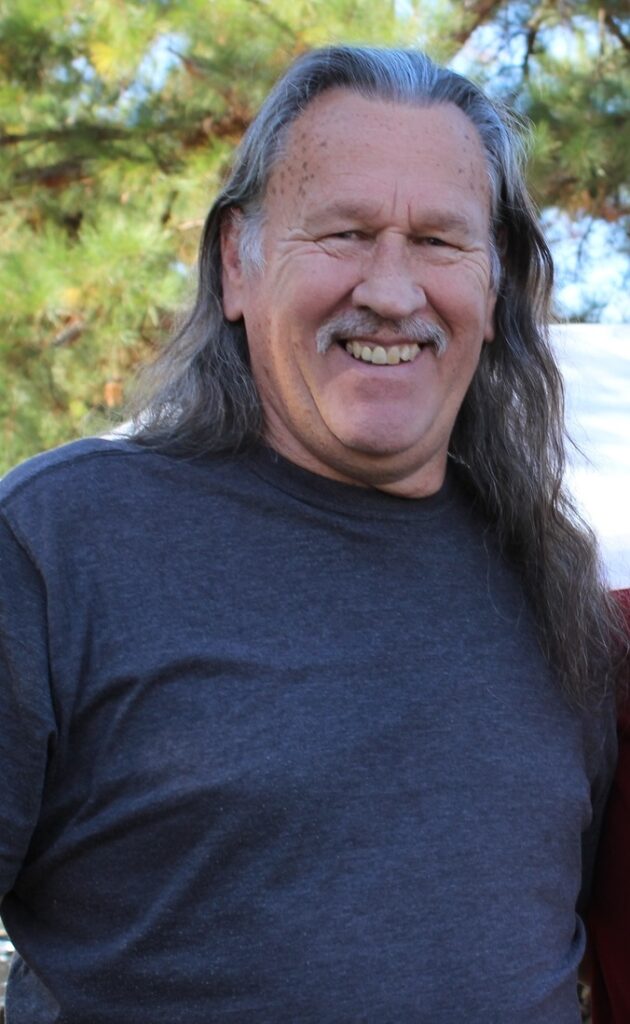
Vice Chairman
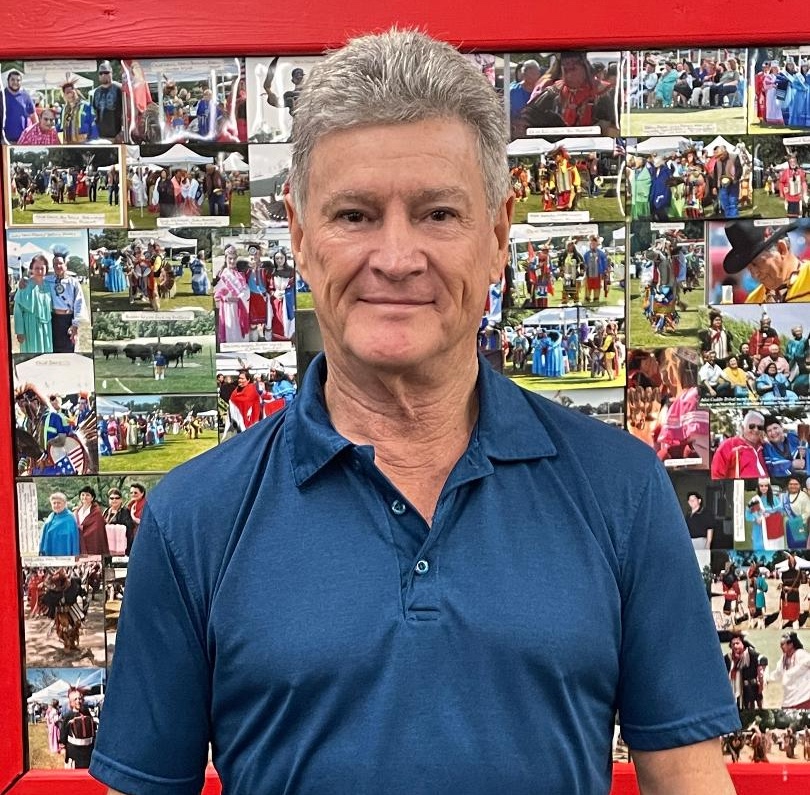
Parliamentarian
Gary Ayres
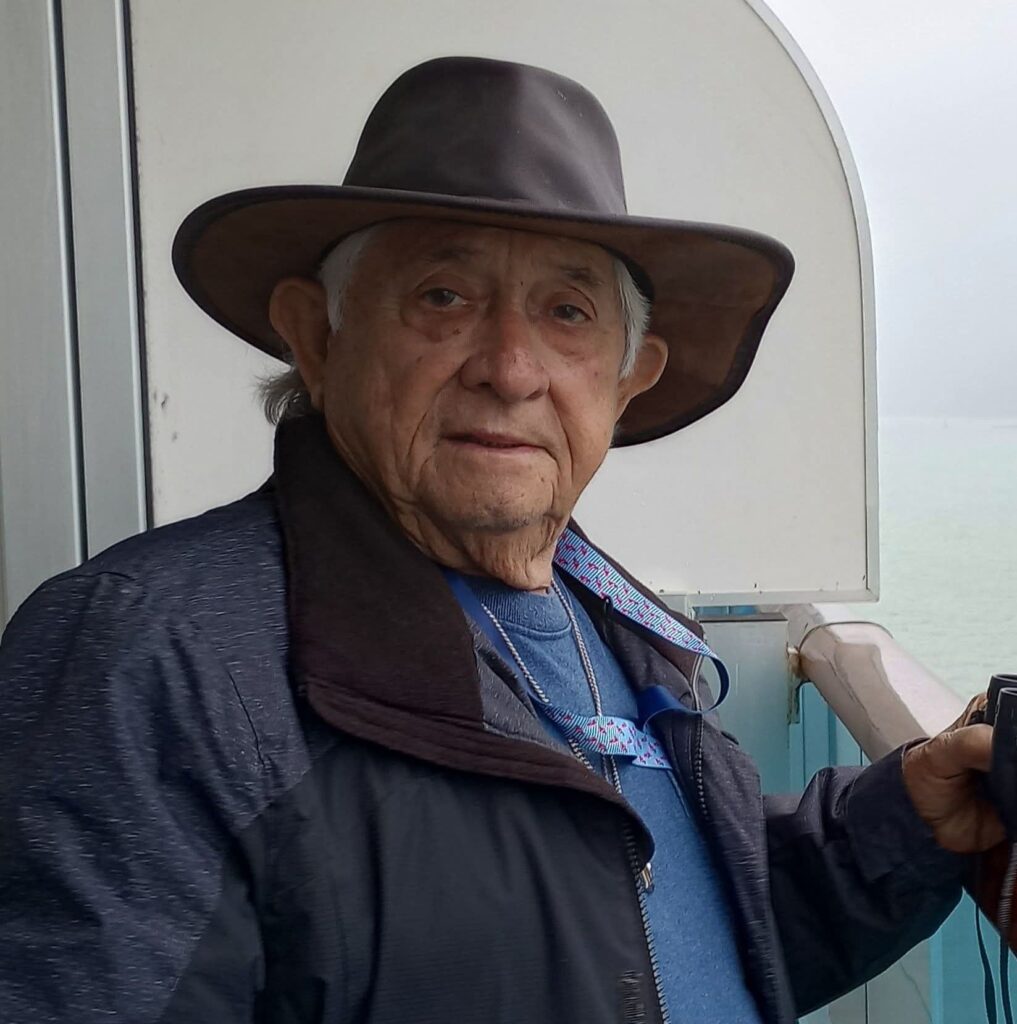
Elder
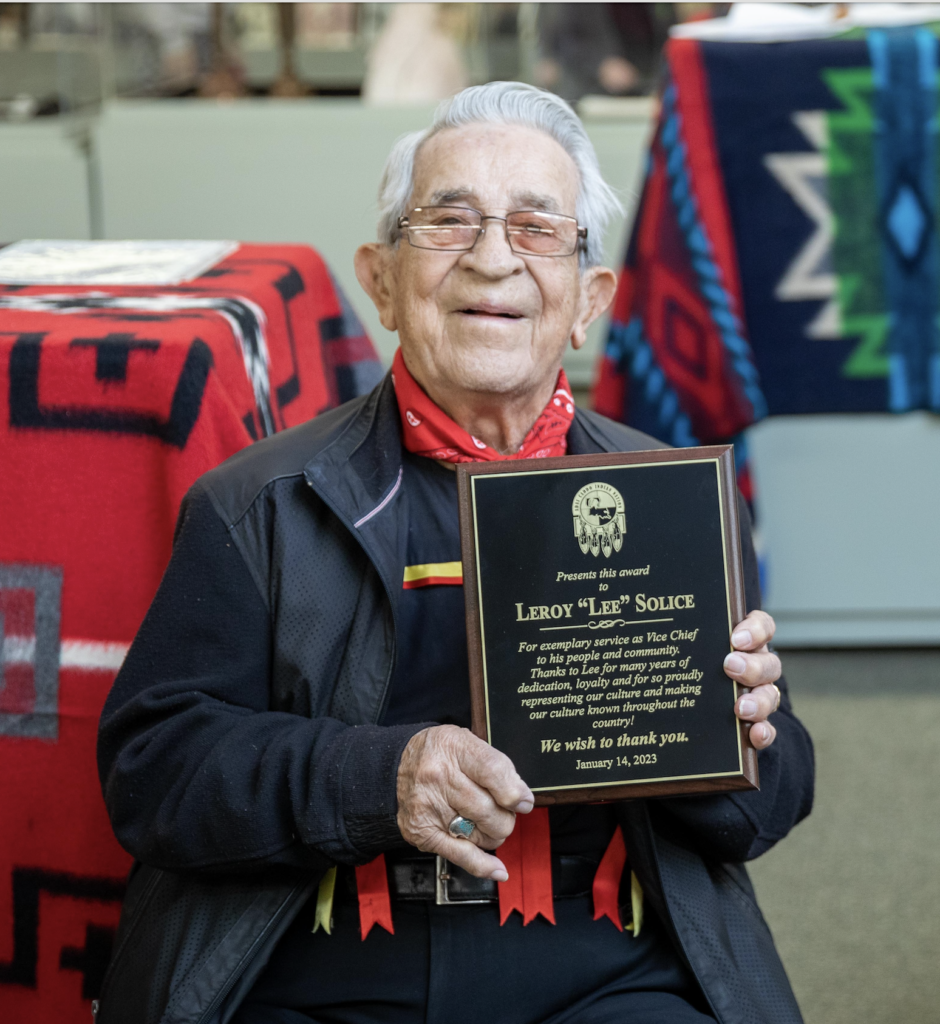
Elder
Leroy "Lee" Solice
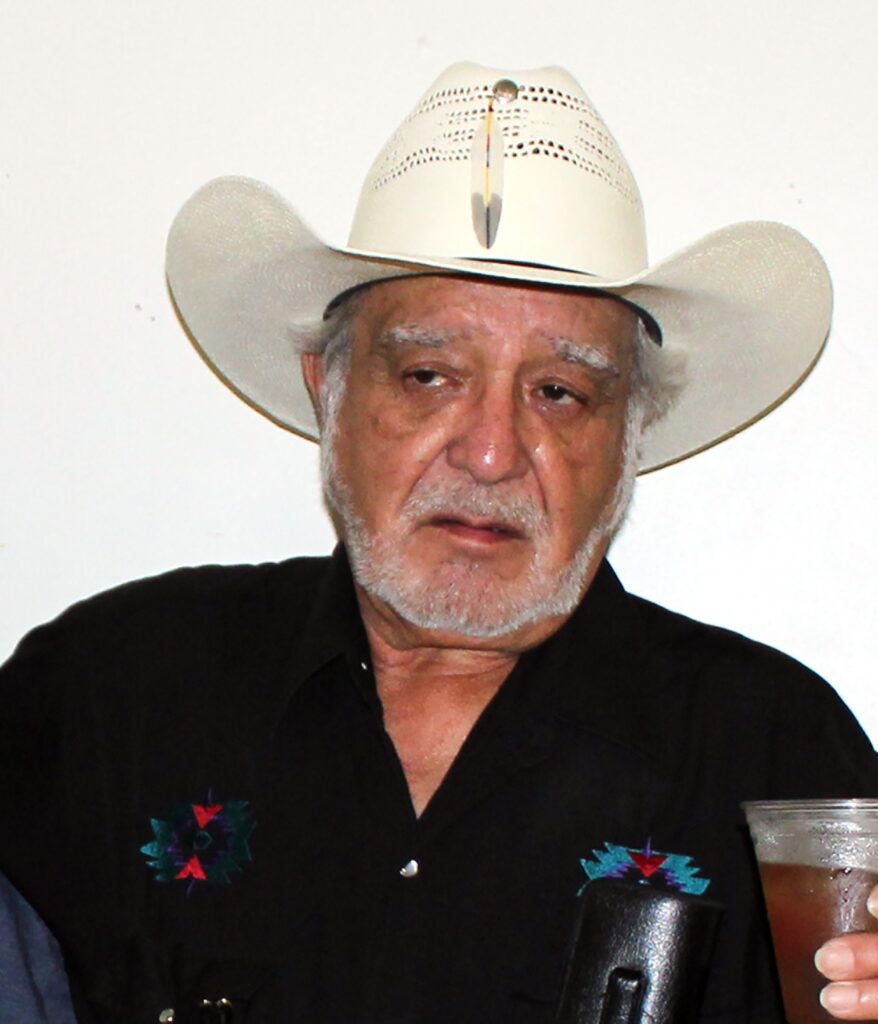
Elder
Officers

Government Relations Director
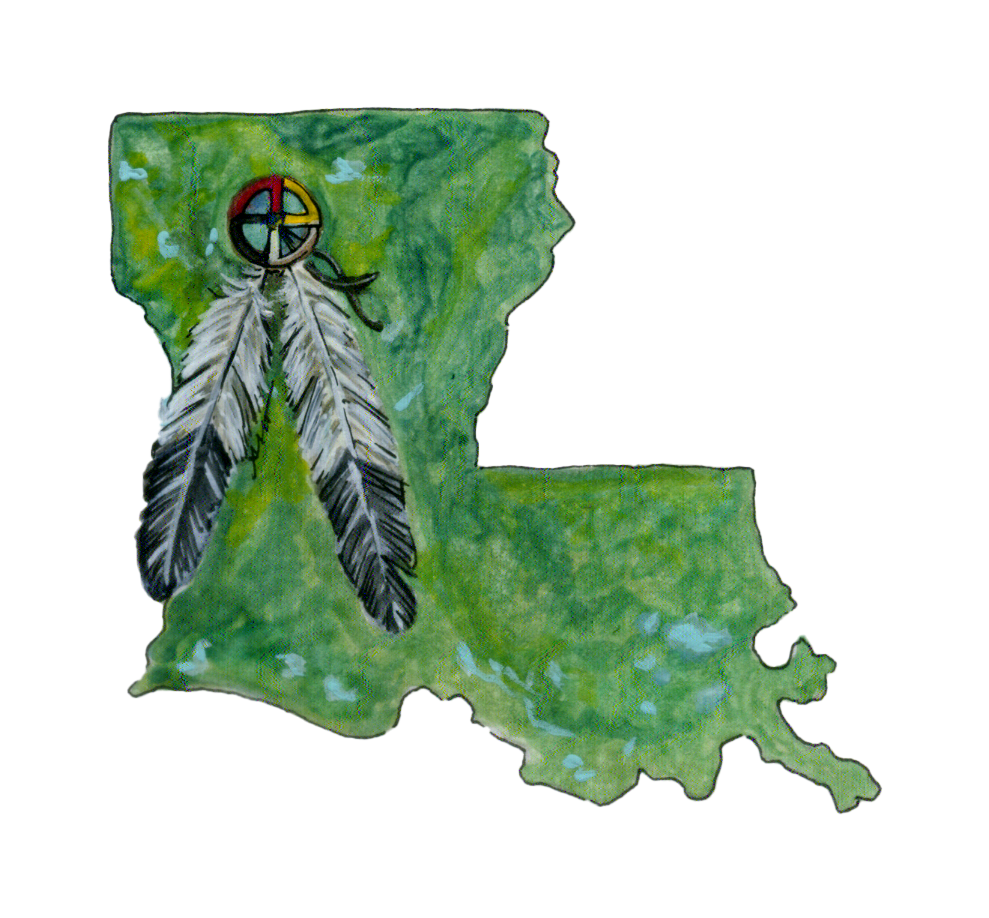
Creative Director
Open
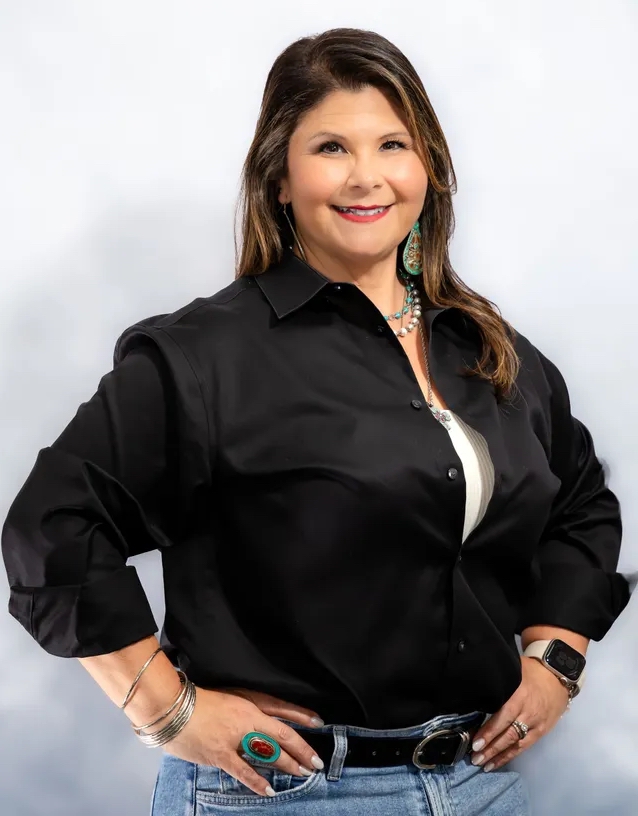
Advisor

Grants Director

Events Director

Membership Director

Digital Director

Emergency Management Director
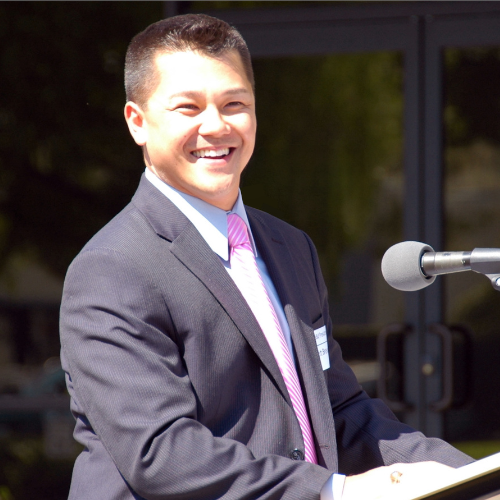
Registered Agent
Staff
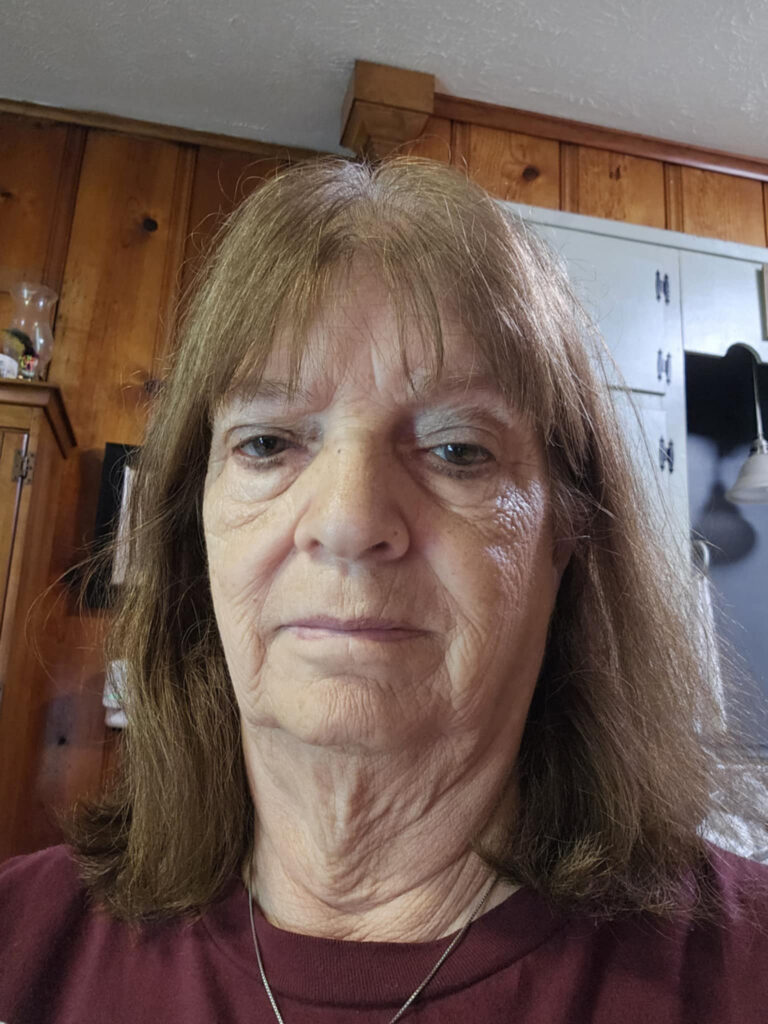
Saint Kateri Tekakwitha Circle
Representative Joann Monk
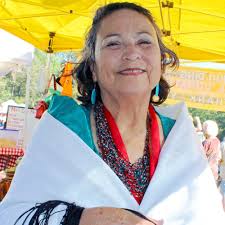
Louisiana Office of Indian Affairs Native American Commission
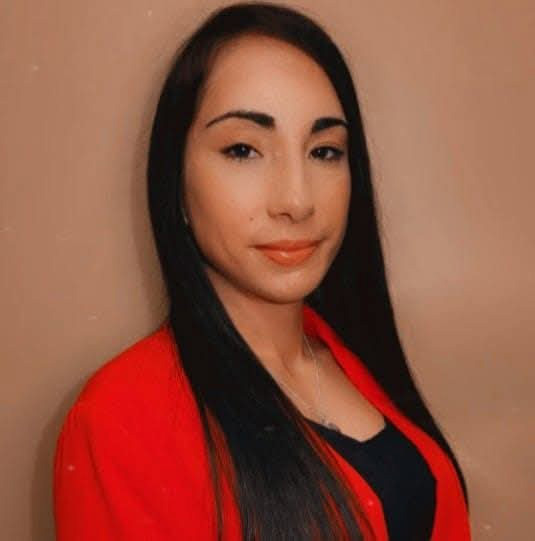
Louisiana Governor's Taskforce for Missing and Murdered Indigenous Women
Representative Jordan Wood
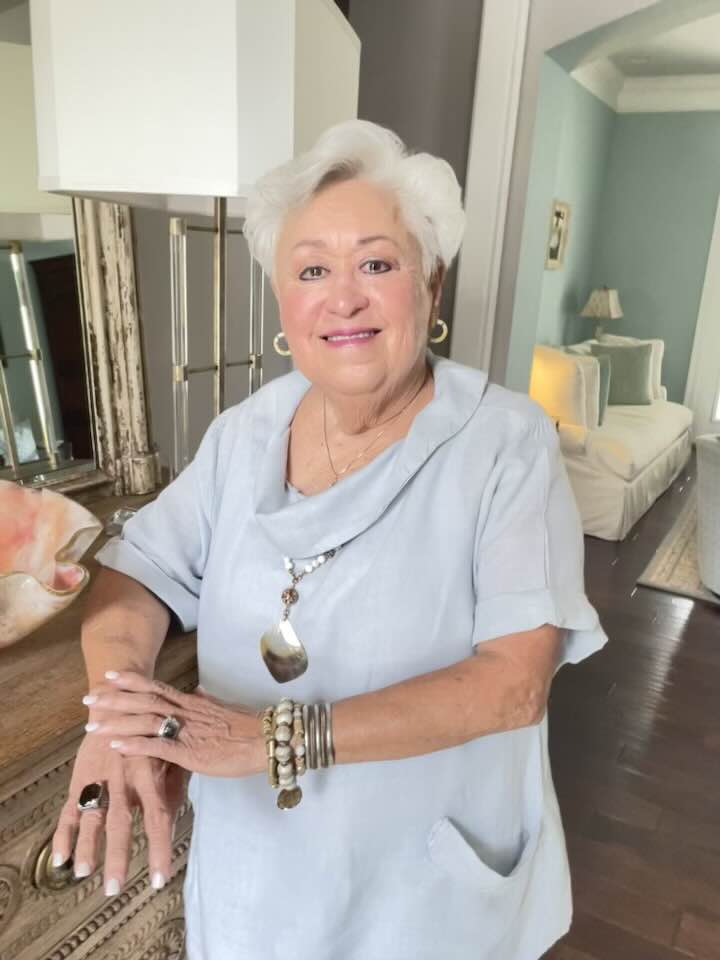
Certified Genealogist
Dee Niette Thompson
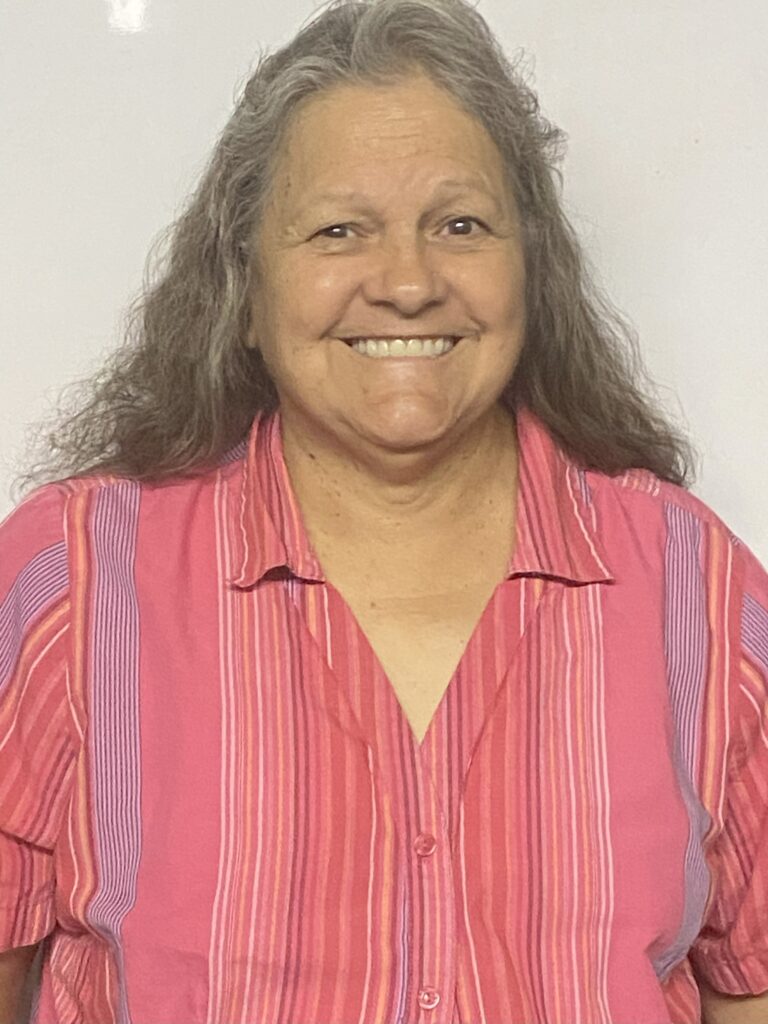
Certified Genealogist
Bonnie Moore Killman

Certified Genealogist
Open

Assistant Genealogist
Membership in the Tribe
New Members
For new members, please download the application and mail it with a copy of your birth certificate and marriage license (if applicable).
The Bureau of Indian Affairs and our policies require a completed application including ancestry charts.
Membership Eligibility Requirements:
- Documented and traceable bloodline to the Adai Caddo or an approved related tribe
- Submit a complete application
- Be approved for membership by the chief or by a simple
majority vote of the tribal council - Cannot be a member of another Native American tribe
Renewals for Existing Members
For existing members, please download and complete the renewal application.
Membership fees may be waived if the applicant has attended two approved events or participated in a volunteer activity during the prior year.
The Bureau of Indian Affairs and our policies require membership records must be renewed and maintained to ensure accurate and up-to-date tribal records.
Lifetime membership includes a tribal ID card.
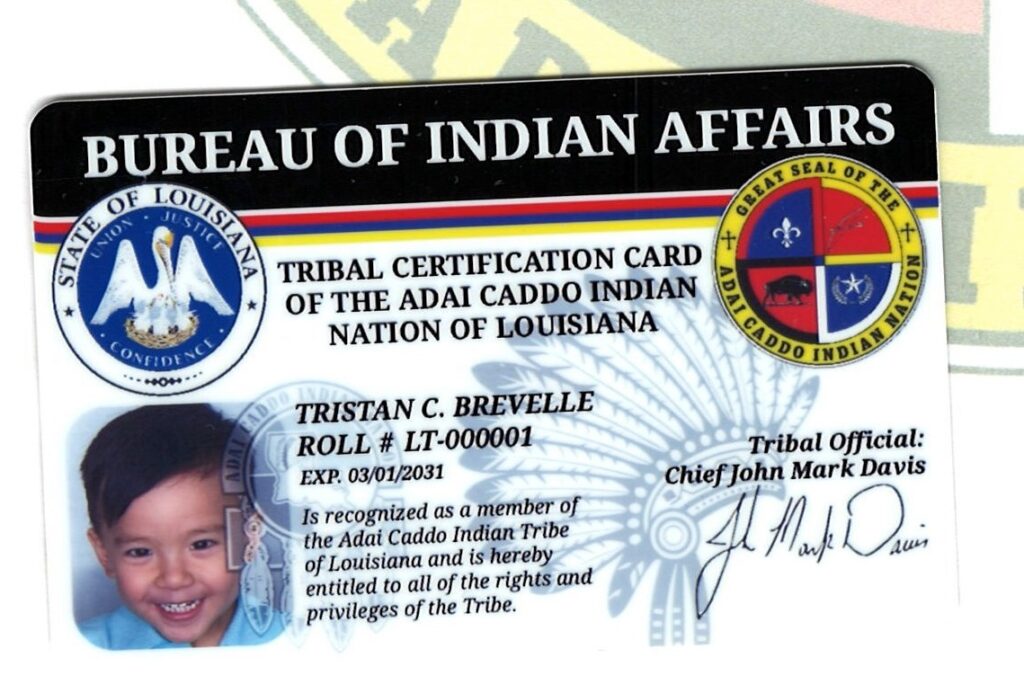
The Great Seal

by
Paige Holsapple and Robert Brevelle

Therefore, be it resolved that the Legislature of Louisiana formally recognizes the Adai Caddo Indians as an Indian Tribe.

